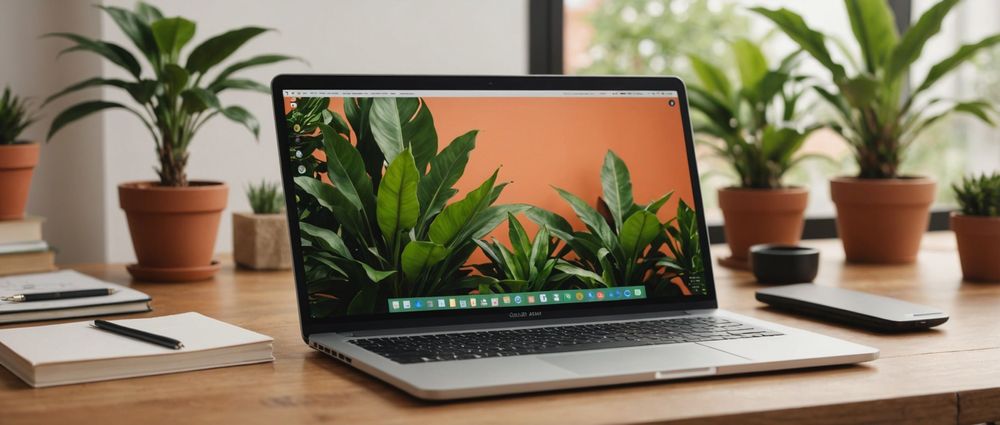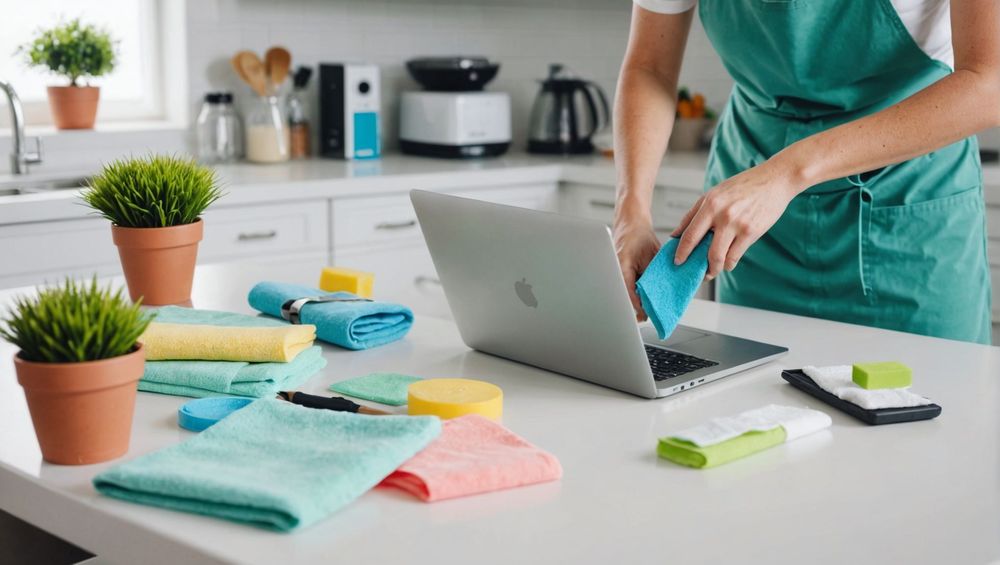Black spots on a laptop screen can be frustrating, compromising your viewing experience and productivity. Thankfully, there are several methods available to address this issue, ranging from simple DIY fixes to more technical solutions. In this article, we will explore four effective ways to fix the pesky black spots on your laptop screen, ensuring you can enjoy a clearer display once again.
1. Perform a Screen Cleaning

One of the simplest first steps in addressing black spots on your laptop screen is to ensure that it is clean. Over time, dust and grime can accumulate, potentially appearing as spots. Use a microfiber cloth and a gentle cleaning solution specifically designed for electronics. Here’s how to do it:
- Turn off your laptop and unplug it.
- Lightly dampen the microfiber cloth with the cleaning solution.
- Wipe the screen gently in circular motions, avoiding excess moisture.
- Dry it off with a separate dry microfiber cloth.
- Check for remaining spots or streaks after cleaning.
Cleaning isn’t always a definitive solution for black spots, but it is an essential maintenance step that can enhance screen clarity and potentially alleviate the issue.
2. Check for Hardware Issues

Black spots sometimes indicate hardware malfunctions, which can stem from issues with the screen’s pixels or connections. It’s important to diagnose the problem accurately:
- Dead Pixels: Individual pixels that do not illuminate can appear as black spots. You can run pixel check applications that help identify these dead pixels.
- Pressure Damage: Persistent pressure on the screen could cause damage. Check if the spots change when pressure is applied.
- Cable Connections: Loose or damaged cables can also lead to visual defects, so ensuring that the internal connections are secure is crucial.
If hardware issues are present, you may need professional assistance, especially for repairs such as replacing the screen or reconnecting internal cables.
3. Use Software Solutions
Sometimes, black spots are more about screen settings and configurations rather than physical damage. You can explore the following software solutions:
- Update your Graphics Drivers: Outdated drivers can cause display issues. Check the manufacturer’s website for the latest updates.
- Adjust Display Settings: Sometimes, altering brightness and contrast settings can help mitigate the appearance of black spots.
- Utilize Pixel Fixing Software: Some programs are specifically designed to help eliminate dead pixels. They work by rapidly changing screen colors to unstick any stuck pixels.
These software solutions are often quick and easy to implement, helping you troubleshoot and potentially resolve display problems without major hardware changes.
4. Seek Professional Help
If you’ve tried cleaning, checked for hardware issues, and explored software fixes but still see the black spots, it might be time to consult a professional. A qualified technician can provide a thorough assessment of your laptop’s condition and suggest appropriate actions. Here’s what to expect:
- Diagnostics: Technicians will run diagnostic tests to determine whether the issue lies within the software or hardware.
- Quote and Repairs: They’ll provide a quote for necessary repairs, including screen replacements if needed.
- Warranty Consideration: If your laptop is under warranty, repairs might be covered, saving you from out-of-pocket expenses.
Getting professional help is essential when you’ve exhausted DIY options, ensuring your laptop is restored to optimal function without compromising its future performance.
Conclusion
Black spots on your laptop screen can range from minor issues to serious damage, but there are several approaches you can take to remedy them. From cleaning and checking for hardware concerns to utilizing software solutions and seeking professional help, you have multiple avenues to explore. If one method doesn’t resolve the issue, don’t hesitate to try another or seek expert advice to restore your screen’s clarity. Taking proactive steps is key to prolonging your laptop’s longevity and performance.
FAQs
1. Can black spots on a laptop screen disappear on their own?
In some cases, black spots can be mitigated through software adjustments, but permanent black spots due to hardware issues typically won’t disappear without repair.
2. Are dead pixels covered under warranty?
Most warranties cover screen defects; however, conditions vary by manufacturer, so it’s best to check your warranty agreement for specifics.
3. Is it safe to clean my laptop screen with water?
Using distilled water in small amounts on a microfiber cloth is safe, but avoid applying water directly to the screen to prevent moisture damage.
4. What causes dead pixels on a laptop screen?
Dead pixels can be caused by physical damage, manufacturing defects, or excessive pressure on the screen. They reflect a failure in the pixel itself.
5. How often should I clean my laptop screen?
It’s advisable to clean your laptop screen regularly, ideally every few weeks, or whenever you notice dust and smudges accumulating. Regular cleaning helps maintain screen clarity and functionality.





